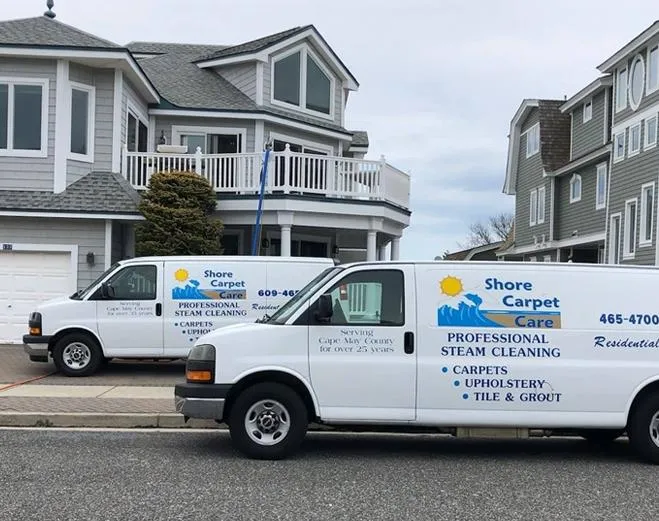
Signs Your Home Needs Water Damage Restoration
Introduction
Water damage isn’t always dramatic. While floods and burst pipes make the problem obvious, many cases start small—slow leaks, humidity, or unnoticed roof issues. Left untreated, water damage can quickly lead to mold growth, structural problems, and costly repairs.
For New Jersey homeowners, the risks are even higher. Seasonal storms, coastal humidity, and winter freeze-thaw cycles create ideal conditions for hidden water issues. In this blog, we’ll break down the key warning signs of water damage, why early restoration matters, and how expert help can protect your home before it’s too late.
Common Signs of Water Damage in Your Home
When should you be concerned? Here are the most common red flags homeowners should watch for.
Visible Stains and Discoloration
Brown or yellow spots on ceilings, walls, or floors often indicate water seeping through drywall or wood.
Warping and Buckling
Wood floors, baseboards, or drywall that warp, swell, or buckle are clear signs of prolonged moisture exposure.
Musty Odors
A persistent damp or “basement” smell points to mold or mildew growth hidden in walls, carpets, or subflooring.
Mold Growth
Any visible mold, especially in corners or grout lines, means water intrusion is present and needs immediate attention.
Peeling Paint or Wallpaper
Moisture weakens adhesion, causing bubbling, cracking, or peeling of finishes.
Increased Allergy or Respiratory Issues
Unseen mold spores can trigger coughing, sneezing, or worsening asthma symptoms in sensitive family members.
Why Timely Water Damage Restoration Matters
Water damage isn’t just a cosmetic issue. Acting quickly protects both your health and your home’s integrity.
Prevents Mold Growth: Mold can begin forming within 24–48 hours after water exposure.
Protects Structural Integrity: Moisture weakens wood framing, drywall, and insulation.
Saves Money: Early intervention costs less than full-scale repairs or reconstruction.
Restores Safety: Electrical systems and flooring materials can be compromised by moisture.
Preserves Home Value: A history of water damage can lower resale value if not professionally addressed.
The Water Damage Restoration Process
Professional restoration involves more than just drying surfaces. Here’s how it works step by step.
Step 1: Inspection and Assessment
Technicians identify the source of water intrusion, measure moisture levels, and document damage.
Step 2: Water Extraction
High-powered pumps and vacuums remove standing water quickly.
Step 3: Drying and Dehumidification
Industrial-grade fans and dehumidifiers eliminate deep moisture in walls, carpets, and subfloors.
Step 4: Cleaning and Sanitizing
Affected areas are disinfected to prevent mold, bacteria, and odors.
Step 5: Repairs and Restoration
Drywall, flooring, or structural materials are repaired or replaced, restoring your home to pre-damage condition.
FAQs About Water Damage Restoration
How do I know if water damage is serious?
If you see stains, warping, or smell mold, it’s likely a deeper problem requiring professional inspection.
How quickly should water damage be addressed?
Immediately. Mold growth and structural damage can begin within 24–48 hours of water exposure.
Can I clean water damage myself?
Small spills may be manageable, but leaks, flooding, or hidden moisture require professional equipment and expertise.
Does insurance cover water damage restoration?
Coverage depends on the source. Sudden events like burst pipes are often covered, while gradual leaks may not be.
What areas of a home are most at risk?
Basements, bathrooms, kitchens, attics, and any area exposed to roof or plumbing leaks are most vulnerable.
Conclusion
Water damage can start subtly but escalate quickly into a major problem if ignored. From musty odors and mold growth to warped floors and stained ceilings, the signs are clear—but only if you know what to look for.
Professional water damage restoration ensures your home is safe, healthy, and structurally sound. For New Jersey homeowners dealing with seasonal storms, flooding, or hidden leaks, timely action is the difference between a simple fix and a costly disaster. Don’t wait until it’s too late—if you suspect water damage, schedule a professional inspection and protect your home now.